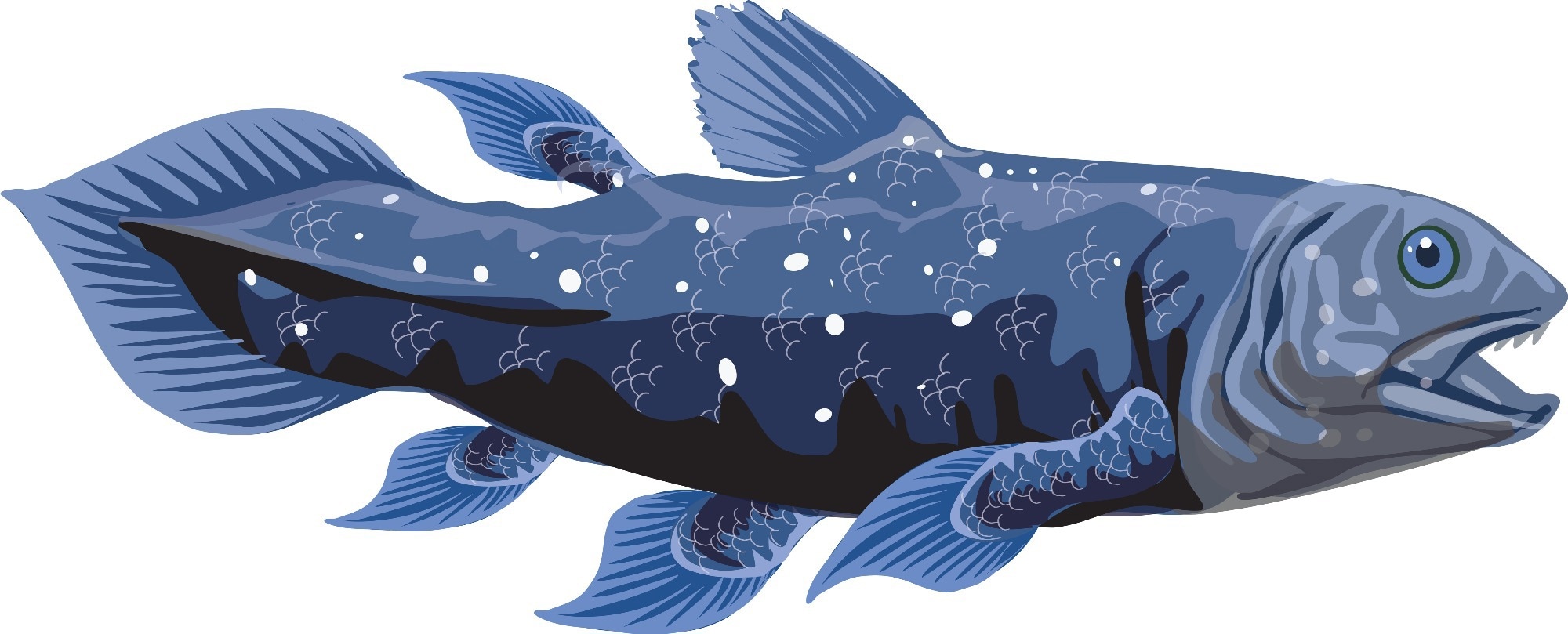 By Nidhi DhullReviewed by Susha Cheriyedath, M.Sc.Sep 12 2024
By Nidhi DhullReviewed by Susha Cheriyedath, M.Sc.Sep 12 2024A recent study published in Nature Communications introduced an innovative approach to concrete design using a large-scale, two-component robotic additive manufacturing process to create double-bouligand concrete. Inspired by the unique structure of coelacanth fish scales—where collagen fibrils are helically arranged in a bilayer—the bouligand architecture enhances the material’s toughness and fracture resistance.

Image Credit: Bambang Prihnawan/Shutterstock.com
Background
Concrete, the most widely used manmade material, is known for its low fracture toughness and tensile strength. Robotic additive manufacturing offers the ability to create intricate, architected concrete with enhanced performance properties. This advanced design approach can stimulate mechanically beneficial responses that are difficult to achieve with conventional rectilinear methods of additive manufacturing.
Despite its potential, no prior research has focused on leveraging additive manufacturing technology to improve concrete’s fracture toughness. This study addresses that gap by exploring the toughening mechanisms of a double-helical (double-bouligand) architecture in concrete design, aimed at overcoming the typical trade-off between fracture toughness and tensile strength.
The double-bouligand architecture is inspired by the structure of coelacanth fish scales, where collagen fibril bundles are arranged in parallel sheets. These sheets are orthogonally paired with a second fibril layer to form a bilayer unit. The resulting helical arrangement promotes crack deflection, reducing the likelihood of brittle failure.
Methods
The Grasshopper toolpath algorithm was specifically generated to create the desired architecture, using a continuous polyline as the base unit. This algorithm was employed to design concrete specimens featuring both bouligand and double-bouligand architectures, with dimensions of 130×200×700 mm3 and a pitch angle of γ = 10° (based on preliminary investigations). These specimens were fabricated using the two-component extrusion (2-K) process.
Additionally, two lamellar architectures, each 27 mm wide and 13 mm tall, were fabricated: one parallel (׀׀) and one perpendicular (⊥) to the specimen length along the x-axis. These were designed to analyze the fracture toughness of both the filament and interface. For comparison, conventionally cast specimens of the same dimensions were also produced as reference models.
Each concrete mixture had a water-to-cement ratio of 0.39, a fine aggregate-to-cement ratio of 1.47, and an alkali-free accelerant dosage of 0.02 % by cement mass. The extrusion rate was kept constant for all specimens, and each fabrication session, comprising 8 architected elements, took approximately 90 minutes, with a production rate of 0.012 m3/hour.
The mechanical properties of the prepared unnotched and notched specimens—including modulus of rupture, fracture toughness, and work-of-fracture—were determined through instantaneous load and displacement measurements. All mechanical data were statistically analyzed using two-tailed t-tests.
Isothermal calorimetry was performed to assess the hydration and accelerant usage in the concrete mixes. Rheological properties, such as yield stress, were evaluated using cone penetration tests, and fresh density was measured immediately after extrusion. After seven days of curing, the concrete mixtures were also tested for compressive strength, Young’s modulus, and hardened density.
Results and Discussion
The architected concrete specimens demonstrated statistically lower flexural strength compared to the cast counterparts with the same composition. Among the different architectures, the perpendicular (⊥) design exhibited the lowest stiffness and flexural strength, while the parallel (׀׀) architecture showed the highest values in both categories.
The stiffness of the double-bouligand and bouligand architected materials fell between the two lamellar architectures, indicating that the material's stiffness depended on the orientation of the interfaces. Additionally, the double-bouligand architecture showed slight softening at the end of the load drop, highlighting its extra load-bearing capacity beyond the peak load.
The notched specimens of the parallel (׀׀), double-bouligand, bouligand, and cast reference designs exhibited statistically similar peak loads. However, the cast and parallel (׀׀) architectures displayed brittle responses, while the double-bouligand and bouligand samples revealed a distinct post-peak softening, indicating improved fracture toughness.
The fracture responses of the double-bouligand and bouligand specimens differed significantly from the cast and parallel (׀׀) architectures, which showed no increase in their R-curve (fracture toughness vs. crack extension). This superior fracture behavior suggested that the toughening mechanisms of the bouligand designs required more energy for crack propagation.
The double-bouligand samples also displayed clear crack deflection along alternating interfaces and through the bilayer filaments up to the first five layers. Furthermore, increased crack tortuosity was observed in the fractured surfaces due to the bilayer arrangement along the twisted plane. This tortuosity resulted from the frequent transitions between the harder (filament) and softer (interface) phases of the double-bouligand architecture.
Conclusion
Overall, the researchers conducted a thorough investigation into the toughening mechanisms of double-bouligand concrete, which was architected using a two-component robotic additive manufacturing process. This innovative concrete design demonstrated significantly enhanced fracture toughness and a rising R-curve, outperforming both cast and additively manufactured rectilinear concrete.
The improved fracture toughness of the double-bouligand concrete was attributed to bilayer crack shielding, as well as the interlocking and crack deflection mechanisms that occurred ahead of the crack tip. These features were crucial in enhancing its resistance to brittle failure compared to cast counterparts.
This methodology offers a promising approach to creating non-brittle construction materials without the need for additional fibers or reinforcement, potentially advancing the development of stronger, more resilient concrete structures.
Journal Reference
Prihar, A., Gupta, S., Esmaeeli, H. S., & Moini, R. (2024). Tough double-bouligand architected concrete enabled by robotic additive manufacturing. Nature Communications, 15(1). DOI: 10.1038/s41467-024-51640-y, https://www.nature.com/articles/s41467-024-51640-y
Disclaimer: The views expressed here are those of the author expressed in their private capacity and do not necessarily represent the views of AZoM.com Limited T/A AZoNetwork the owner and operator of this website. This disclaimer forms part of the Terms and conditions of use of this website.